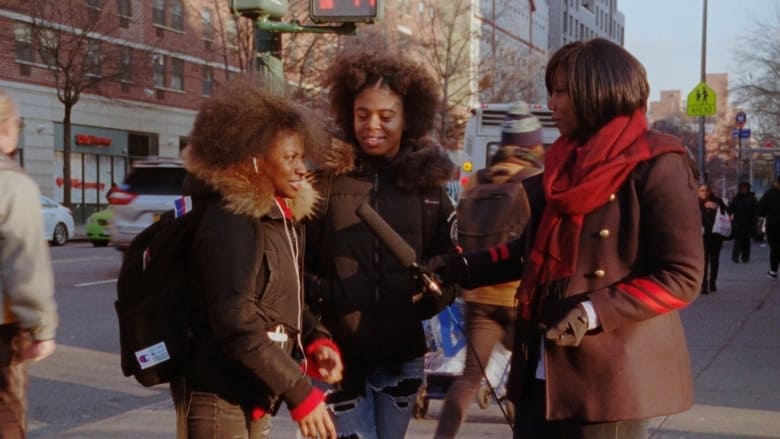The Giverny Document (Single Channel)
Genres
Documentary
OverView
Filmed on location in Harlem and in Monet’s historic gardens in Giverny, this multi-textured cinematic poem meditates on the bodily integrity and creative virtuosity of black women.
Others
Budget
$--
Revenue
$--
Status
Released
Original Language
English
Runtime
42 mins
Rating
0/10
Release Date
10 August 2019
Country
France


